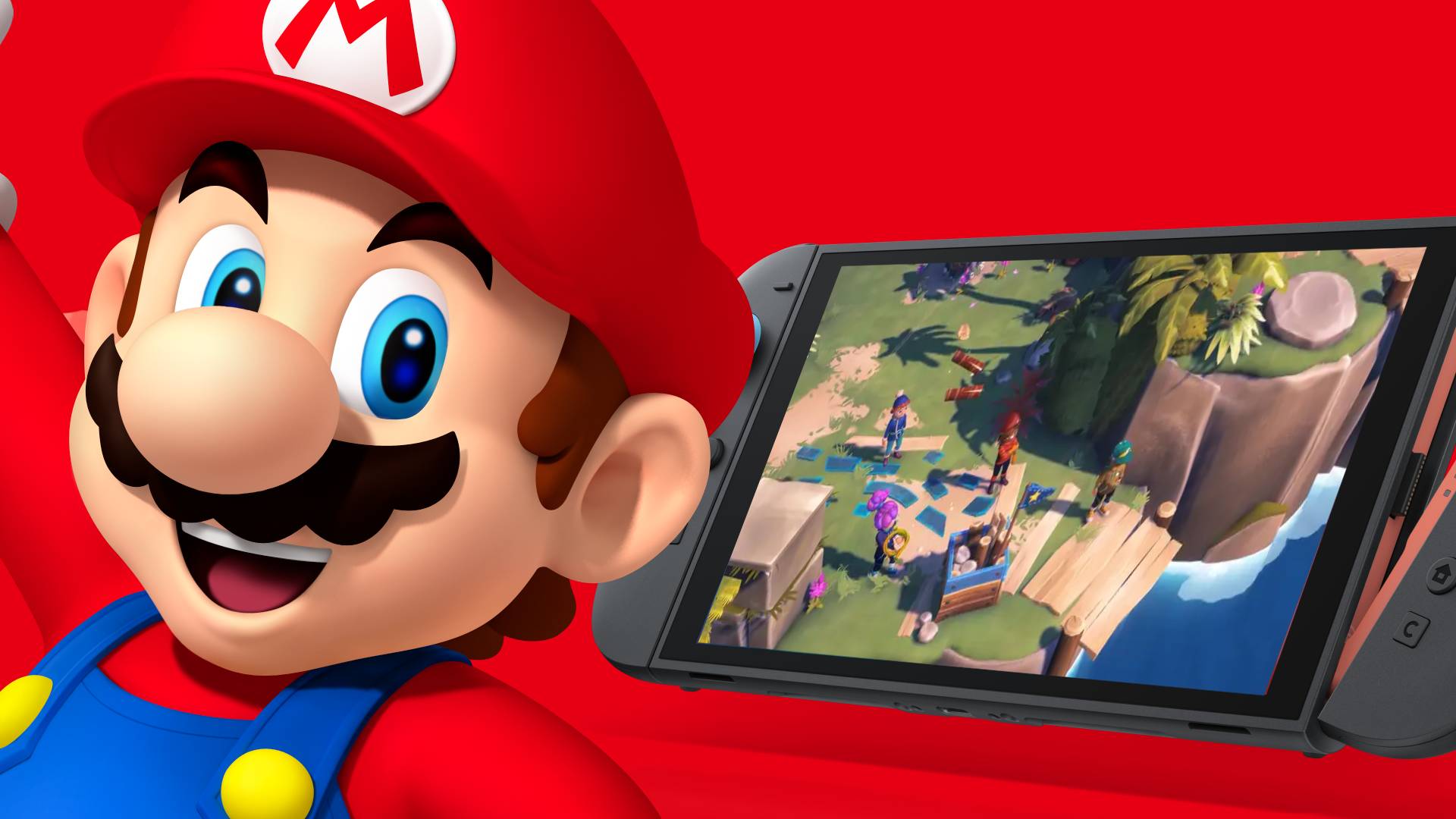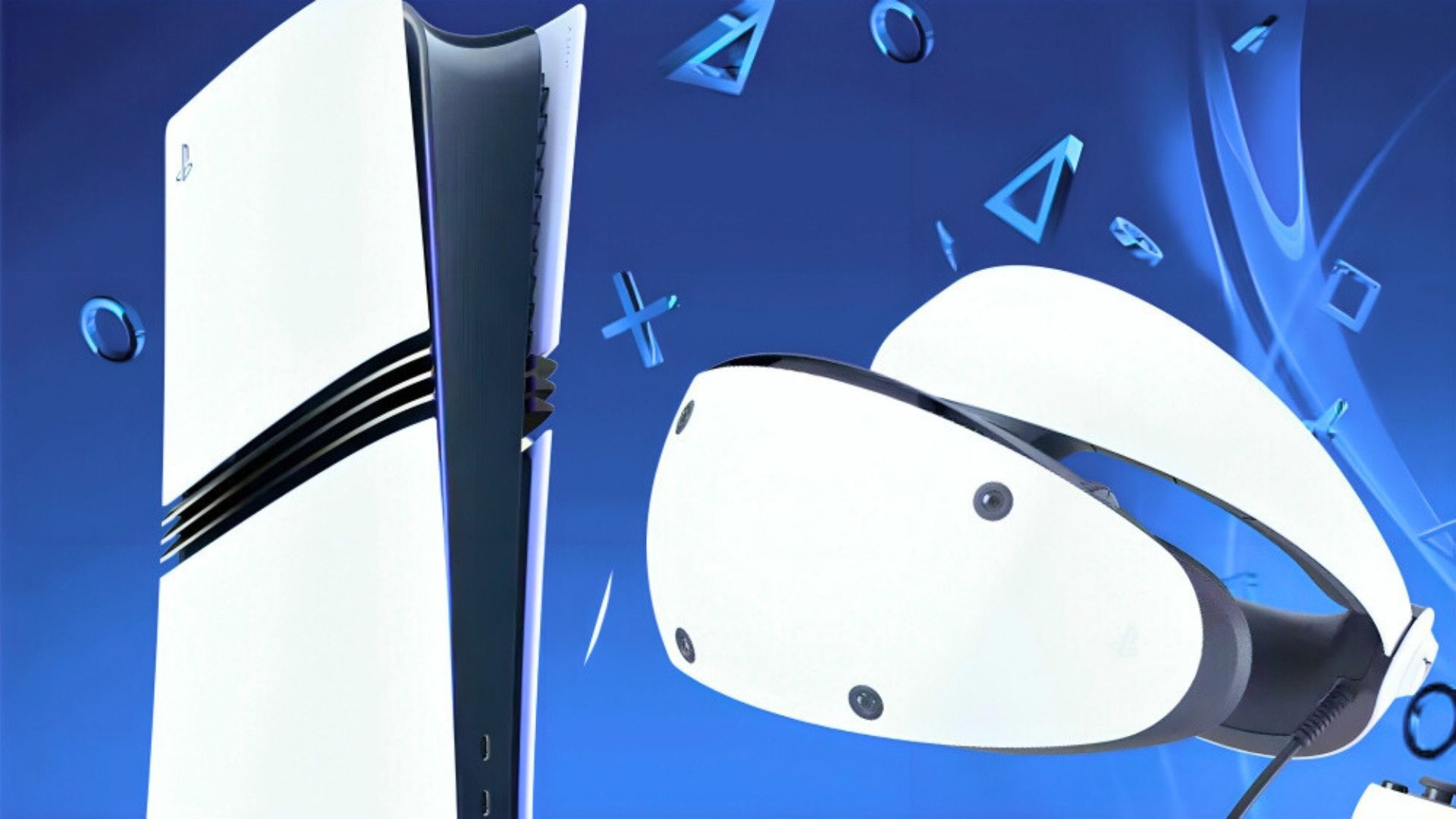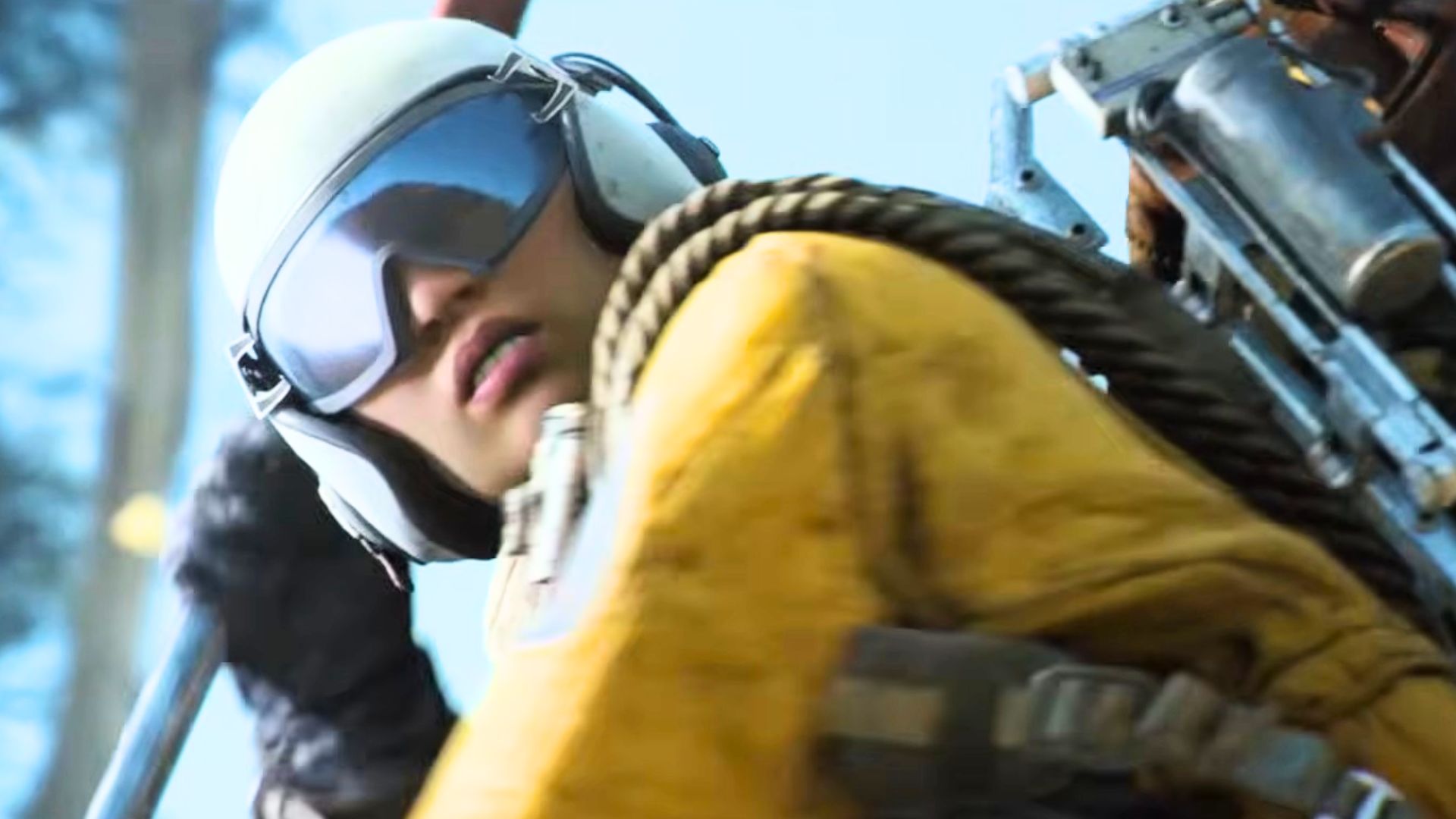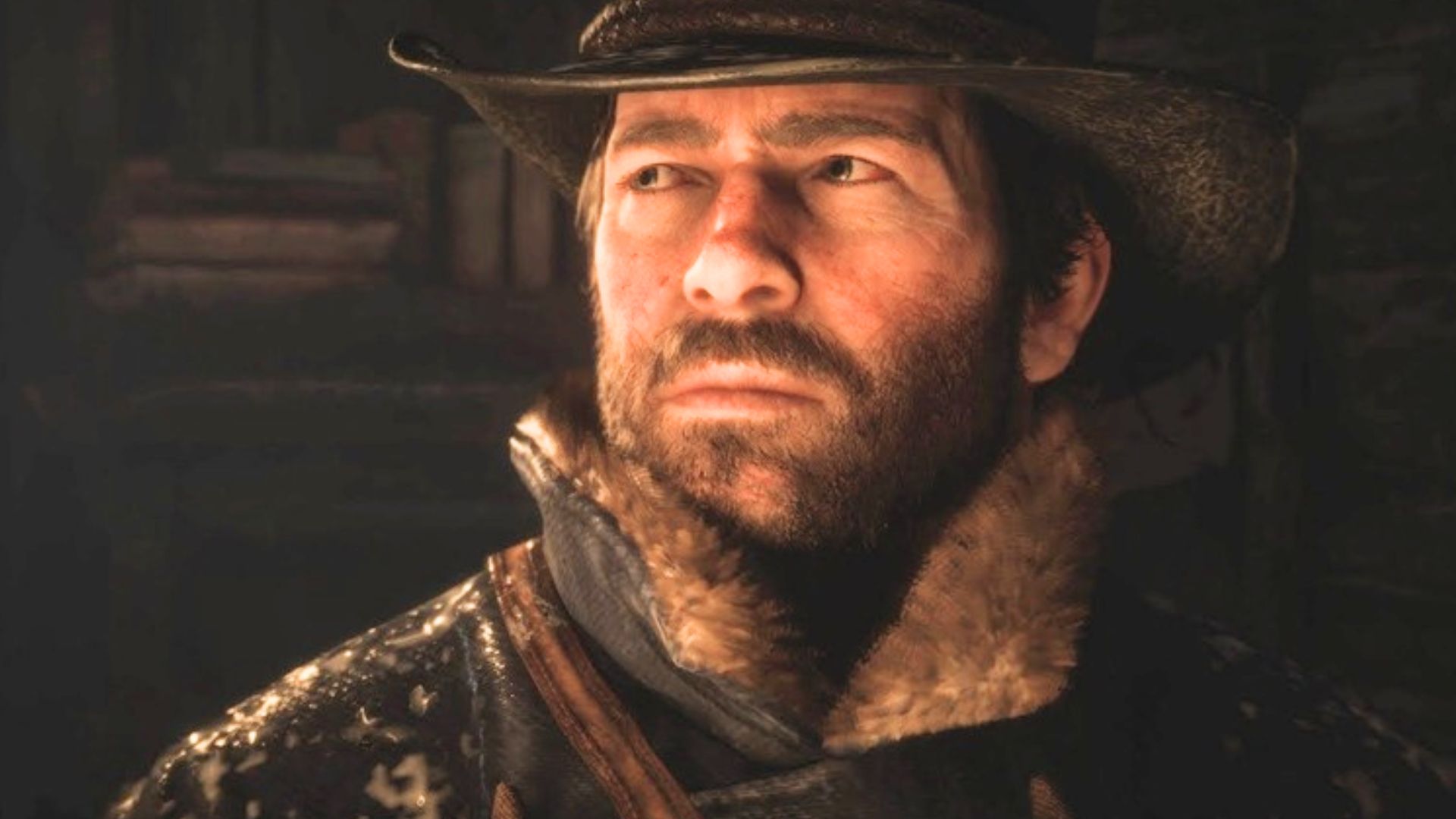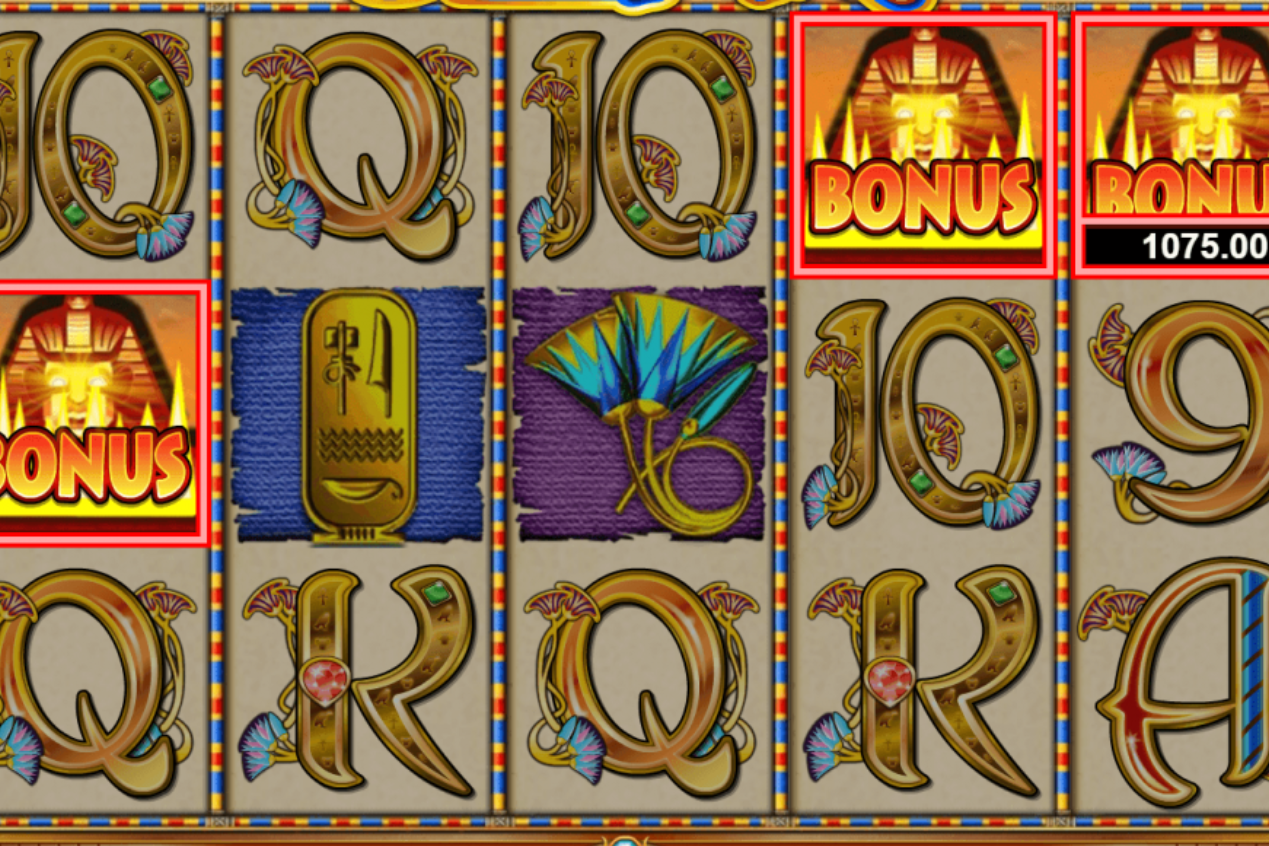You can trust VideoGamer. Our team of gaming experts spend hours testing and reviewing the latest games, to ensure you're reading the most comprehensive guide possible. Rest assured, all imagery and advice is unique and original. Check out how we test and review games here
Unity’s upcoming Nintendo Switch 2 launch game Survival Kids may not be the most exciting game alongside Mario Kart World and Cyberpunk 2077, but it may be the best example of the new console’s GameShare feature.
Developed by Unity, the new reboot of Konami’s 1999 Game Boy Color exclusive looked fun but unexciting during the true reveal of Nintendo’s new handheld. However, it turns out that the new co-op game actually may have the best use of the console’s GameShare feature yet.
Introduced during the Nintendo Switch 2 reveal, GameShare allows players to use one version of a game across multiple consoles. In the reveal, this feature was shown with fairly rudimentary games such as Clubhouse Games 51, Big Brain Academy: Brain vs Brain and Captain Toad: Treasure Tracker.
However, the feature was also shown in more advanced games with Super Mario 3D World + Bowser’s Fury co-op and Super Mario Odyssey. However, Survival Kids may be the most advanced use of the feature on the console’s release.
Via GameFile, the team behind the game revealed that two-player co-op at 60fps can be played with just one copy of the game, or three player co-op at 30fps. Additionally, this feature can allow Switch 1 players to enjoy the game as well.
Andy Dennison, game producer on Survival Kids, explained that the development of the game was to prove that Unity is ready to support Nintendo Switch 2 for any developer, saying: “the proof is that we’ve released the game on day one, including some of the more advanced features, obviously, like GameShare.”
As it turns out, developing games with GameShare in mind isn’t easy. Similar to how split-screen modes work in games, titles using GameShare are actually rendering multiple viewpoints of an entire game on one console and streaming them to other devices, similar to how the Wii U spread views across TV and gamepad.
“What GameShare does is: You take one of those cameras, and instead of displaying it on-screen, you compress it and you stream it to another device,” the producer explained. “That can either be a Switch 2 or, which is fantastic, it can be an original Switch as well. So we have to do a second audio mix, because your [other] player could be in a different position, and you’ve got a different set of speakers.”
Dennison explains that the feature also requires a tonne of optimisation to not only render these viewpoints but also stream them out. “We actually pushed hard on the optimization, and, in short, we could achieve three players,” the developer said. “So, we actually render three viewpoints for three different players and three different audio mixes. And we have the horsepower with Unity and with Nintendo Switch 2 to do that.”
On the player side, Dennison says its as simple as pressing “a button on the home page”. There’s no downloading, you just stream it and, as long as the connection is solid, everyone is having a great time.
